Sometimes it's a matter of style. Hyper-realistic paintings are done when there is no canvas showing and all the details are complete. My style isn't that. "Painterly" paintings are supposed to have lost edges, where you can't tell where the outline of this or that figure stops and the next figure starts, and sometimes there are big chunks of canvas that have only a charcoal drawing on it, or "background" paint. This style is much admired but I'm not particularly a fan.
As an artist with no formal training but with a tendency to want to follow the rules, I often thrash around, especially at the beginning. What are the rules, anyway? "There are no rules" is clearly false. There are technical rules, such as how to clean brushes or how to keep paint from cracking off the canvas or how to mix paint without it getting muddy. There are thematic rules, such as the one my daughter encountered in art school, "Never paint anything that looks like a Hallmark Card," or the one that a shocked artist friend blurted out at me, "No, Julia, you can't paint your dreams. Never that, no." As a beginner I tried to keep everything in mind, as a more practiced artist, I no longer much think about what I'm supposed to go for.
In the search for my own style, I have gone to museums and galleries in various countries. I've noticed that paintings in galleries are often super-polished. The technical mastery of paint and varnish is daunting and seldom appealing. Pieces in museum collections, on the other hand, sometimes have looser styles, where bits of canvas show, and details are somewhat fudged. Too much technical skill, in our era, gives the flavor of computer generated art, which isn't an area where I can compete.
What I ended up doing was to paint a lot and discover my style through a process of uncovering and revelation, not through planning or even taste. My style is not particularly what I would have dialed up if I had had the chance to sit in Heaven and form myself as an artist. Which is pretty strange, but there you are.
And so this leads up to my question, how can I tell when I'm done with a painting? This one, for example, is clearly unfinished. What am I seeing that tells me that? The background is too saturated compared with the face. The face needs a touch-up, more contrast. His shirt has to decide what color it is, the bird has to grip wrinkles on his shirt. ... or maybe not? Maybe all that is part of what makes it work ...
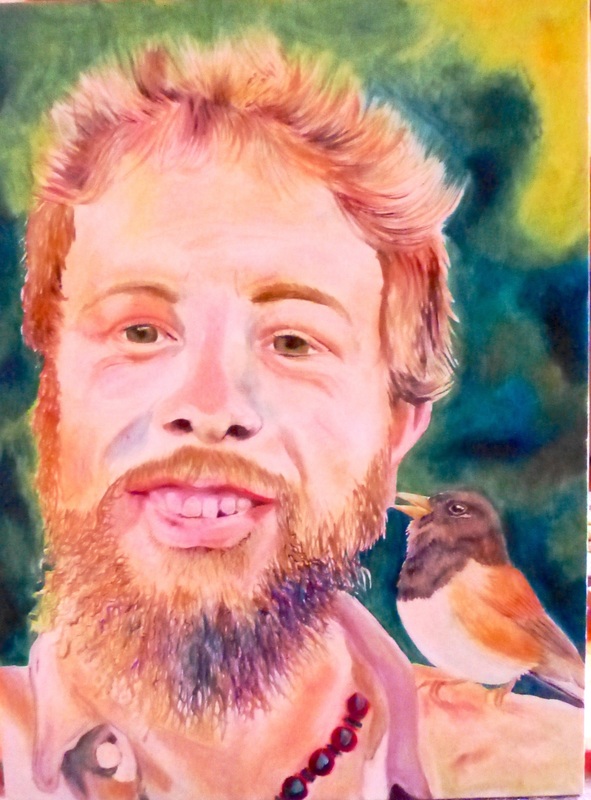
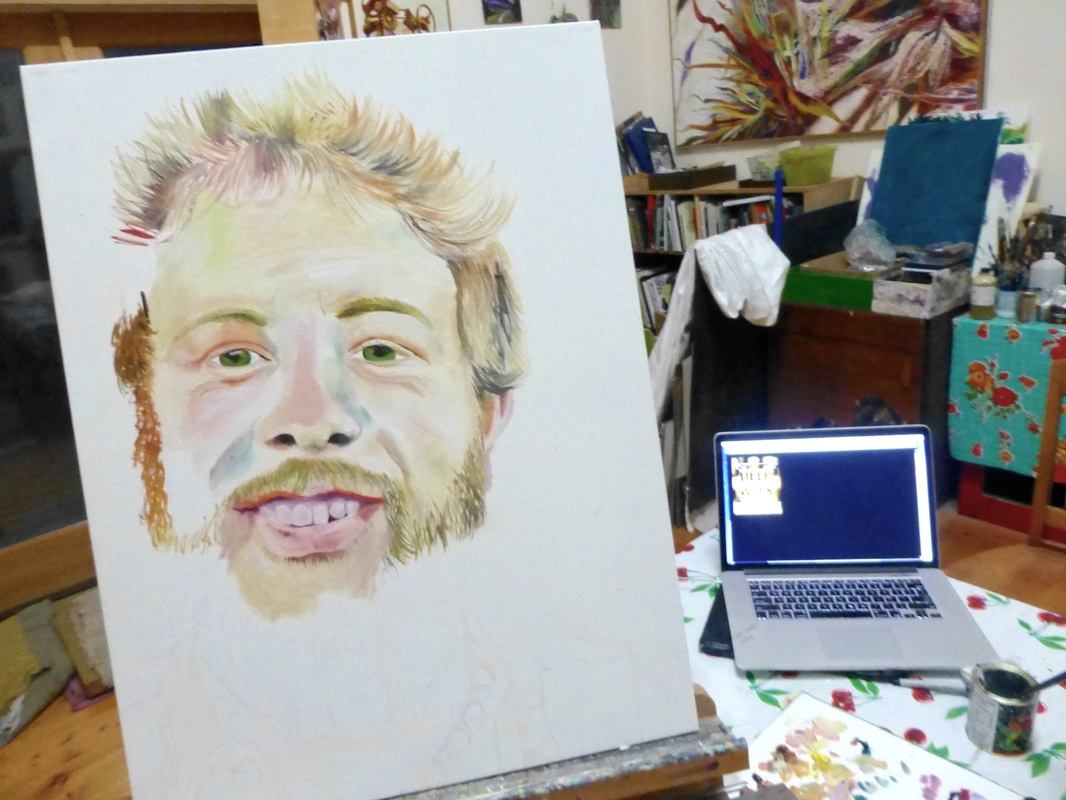
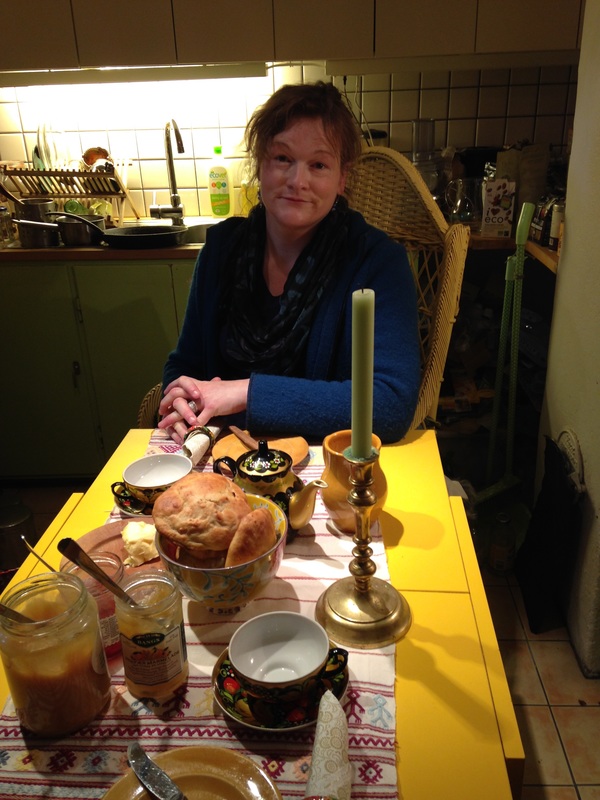
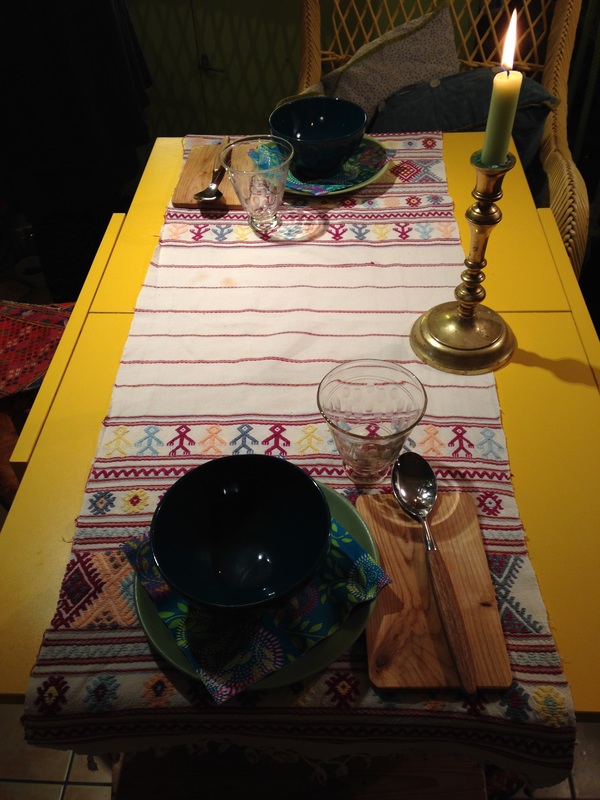

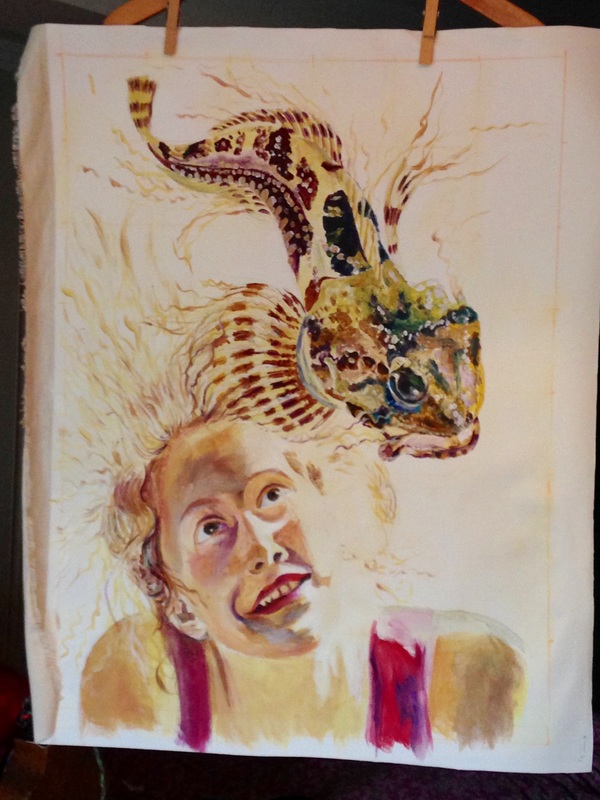
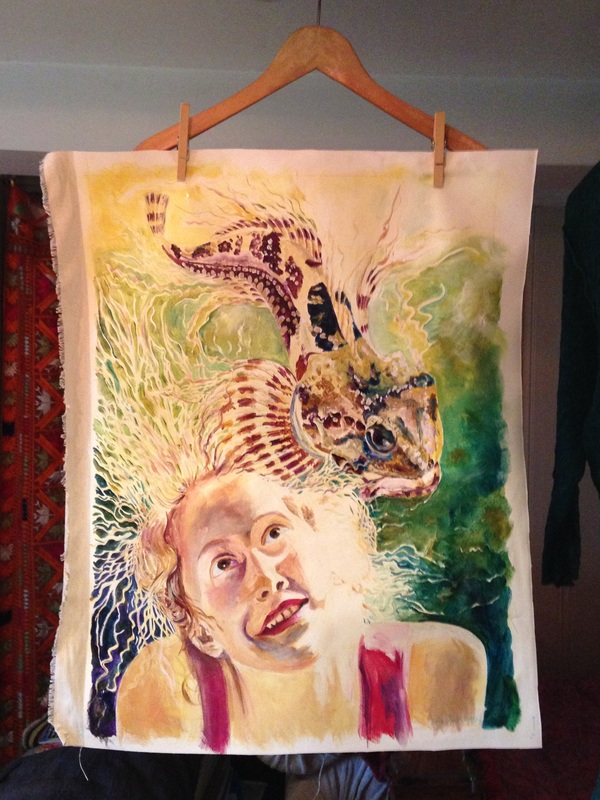
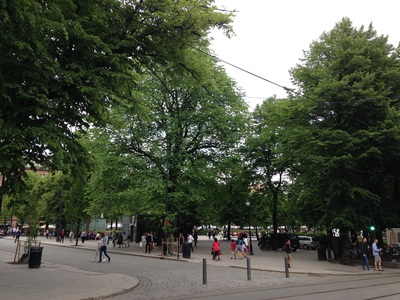
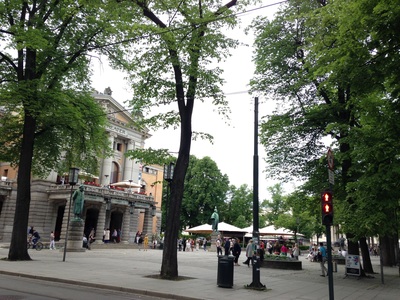
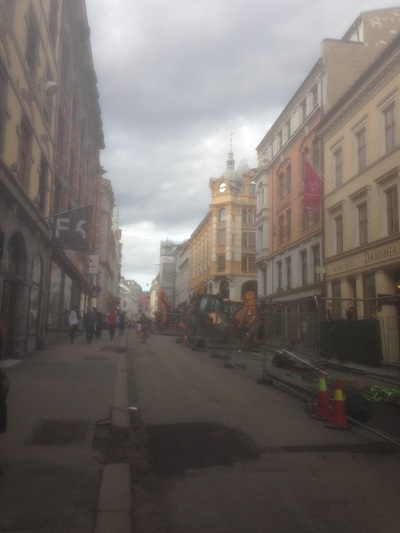
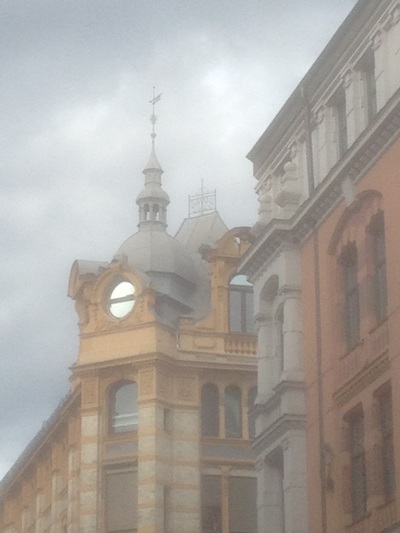
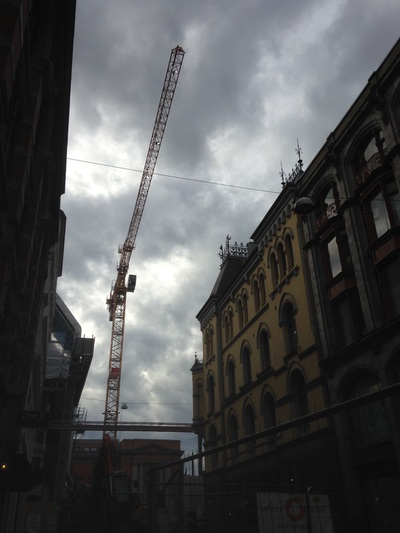

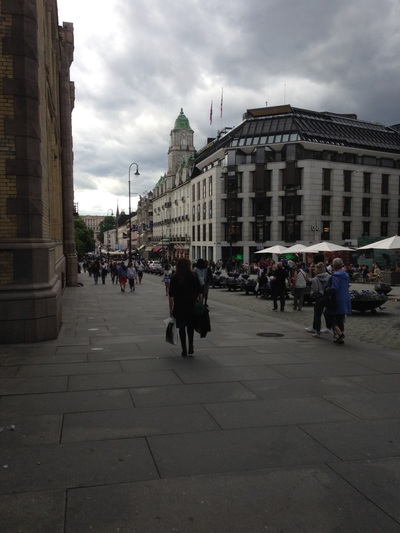

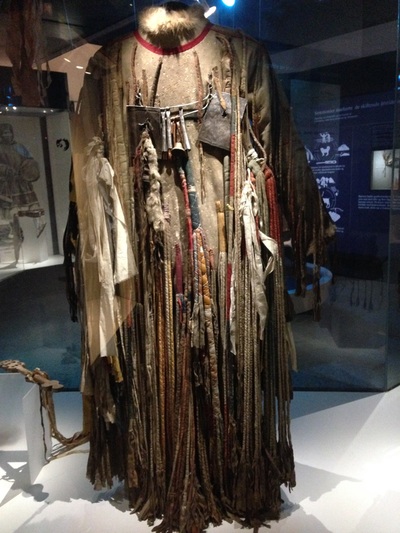
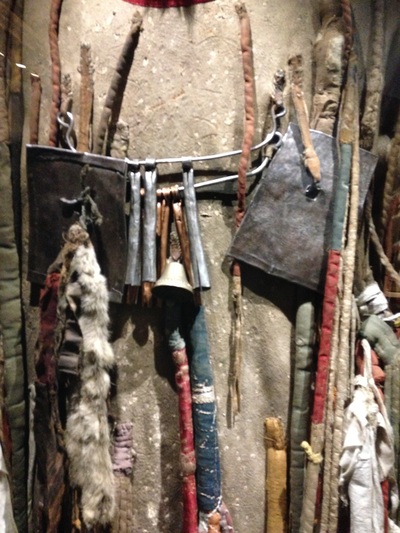

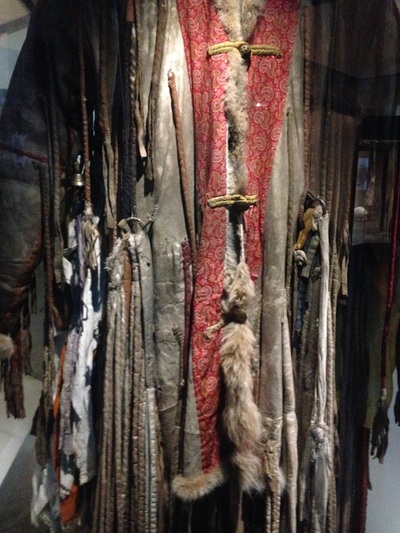
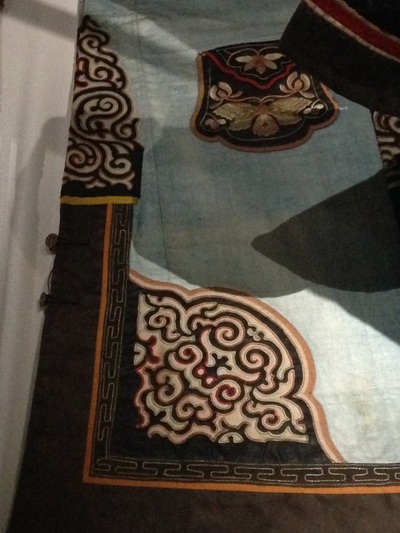


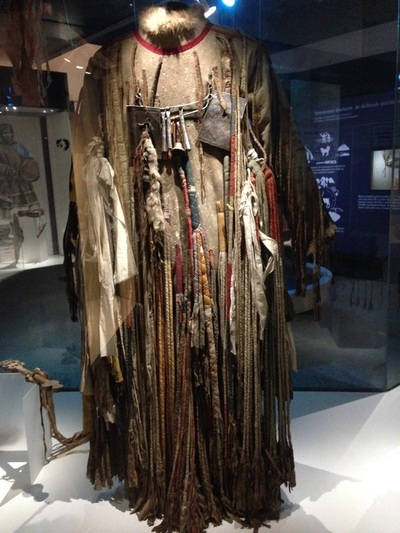
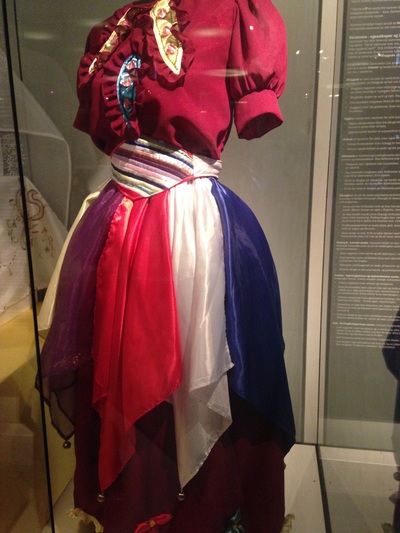
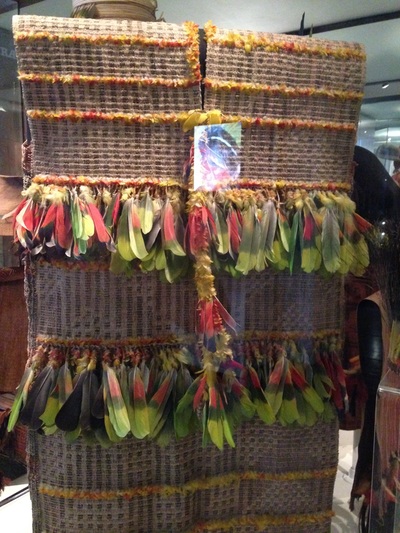
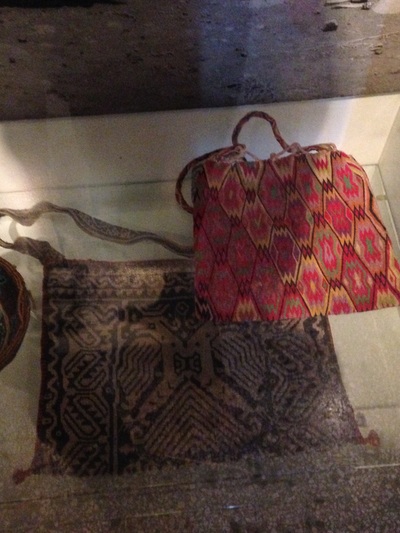

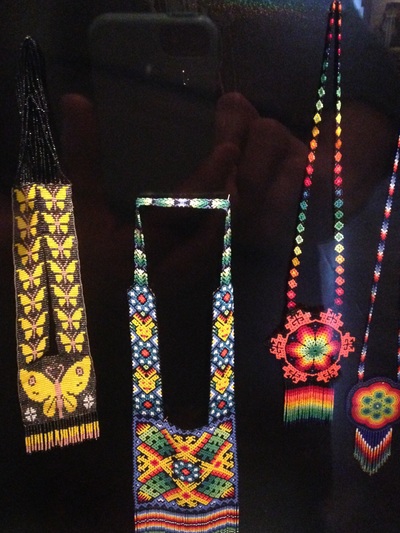
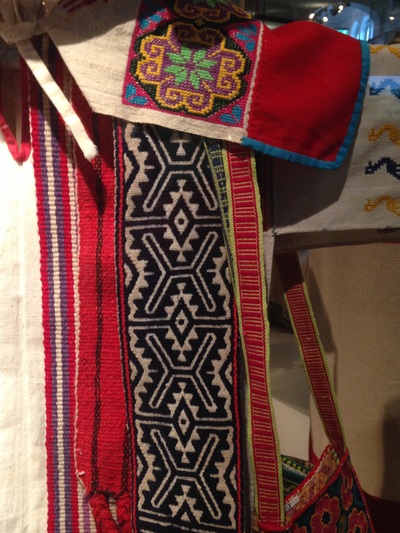
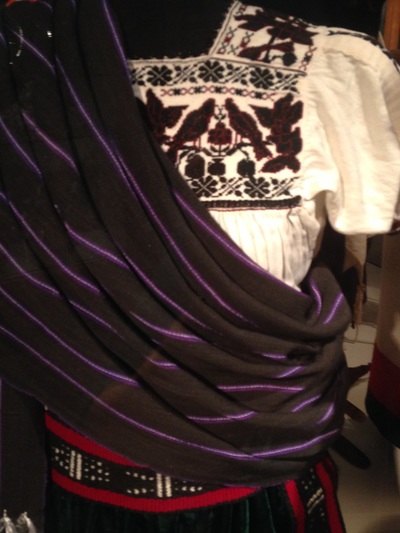
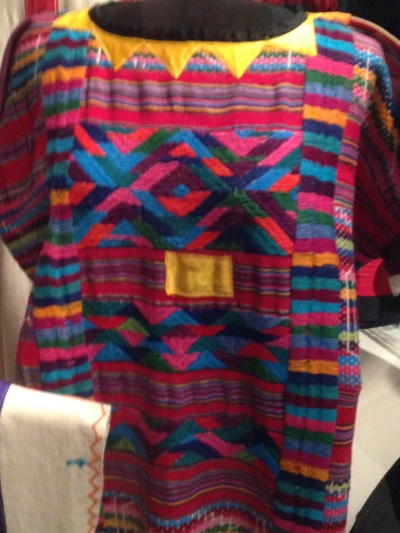
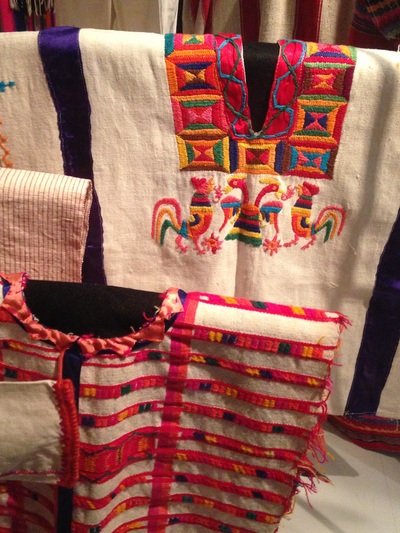
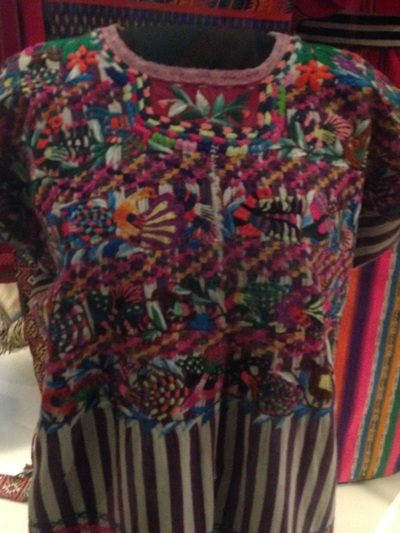
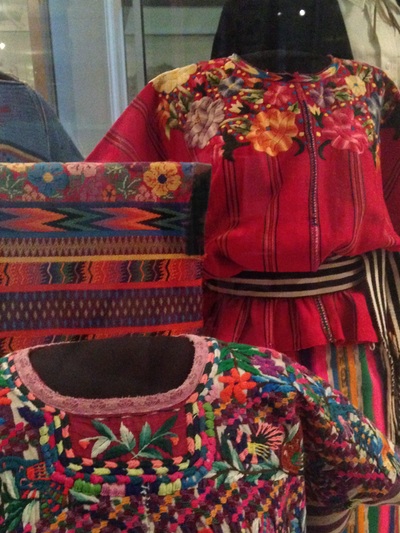


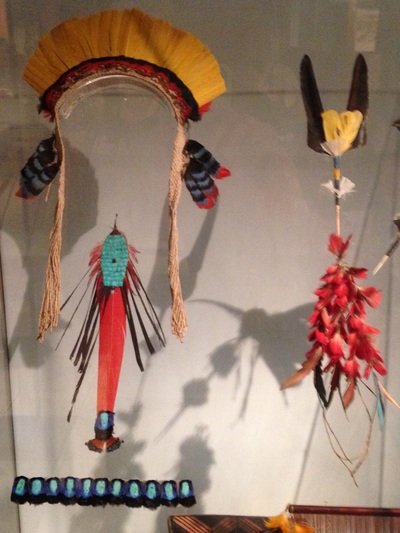
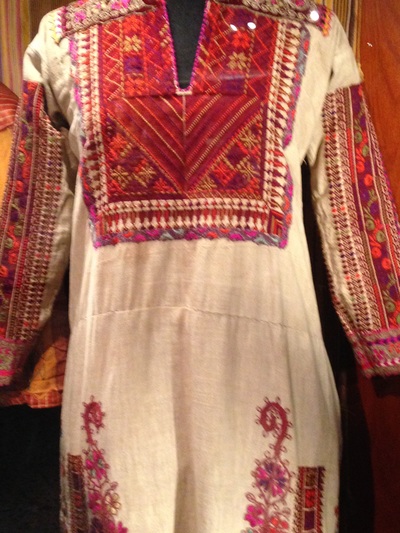
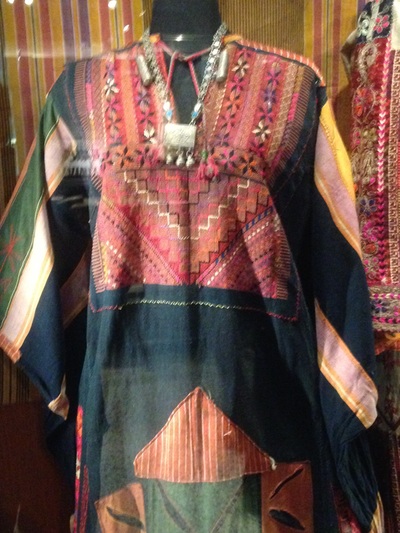

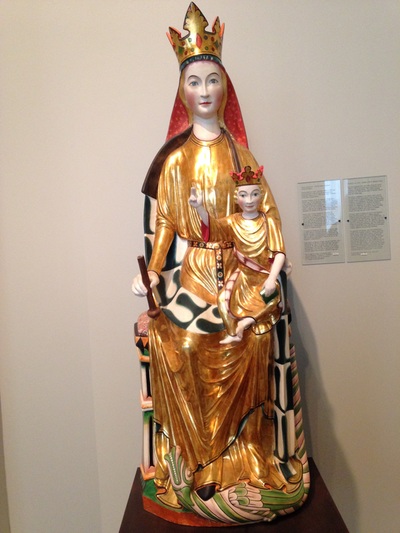
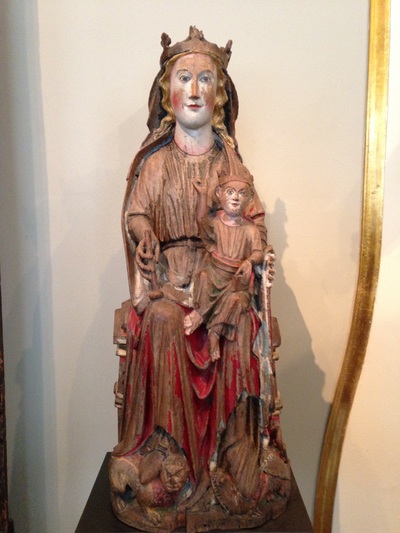
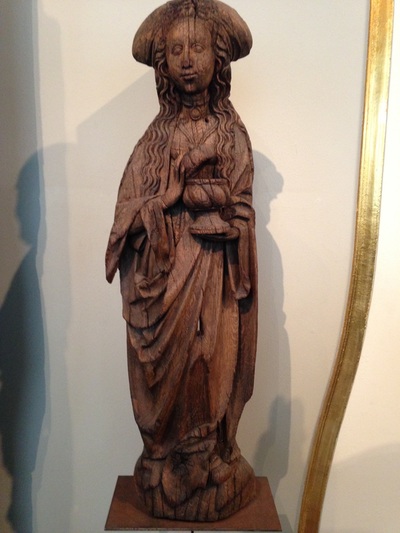
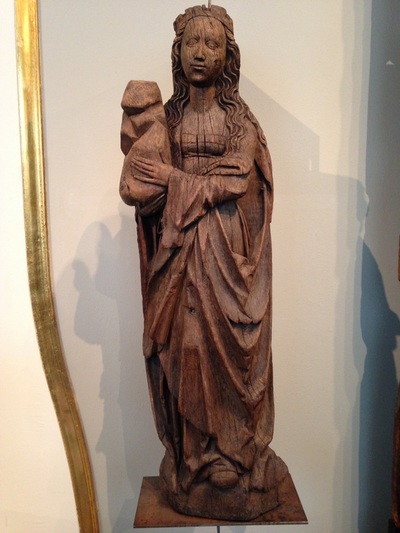

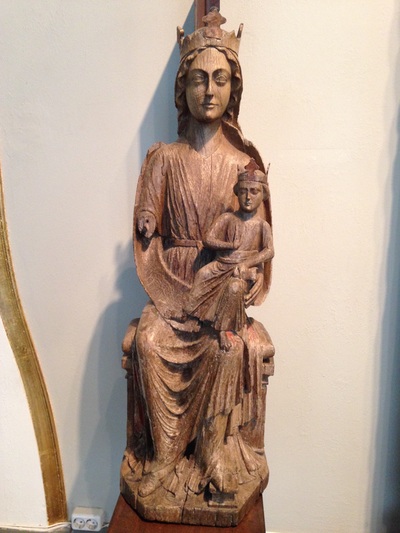
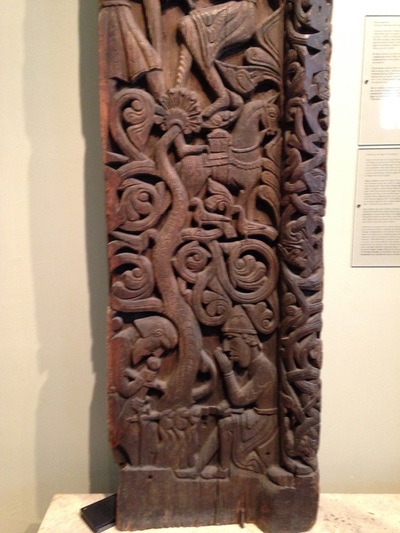
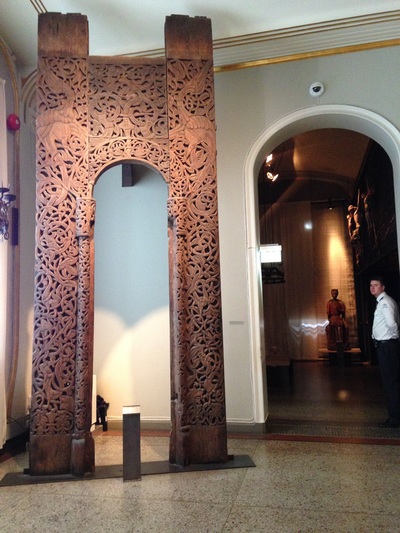
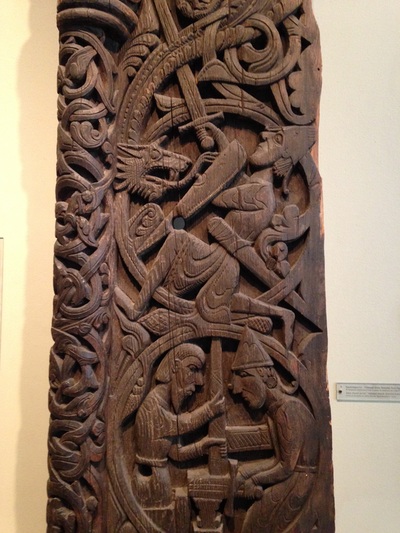
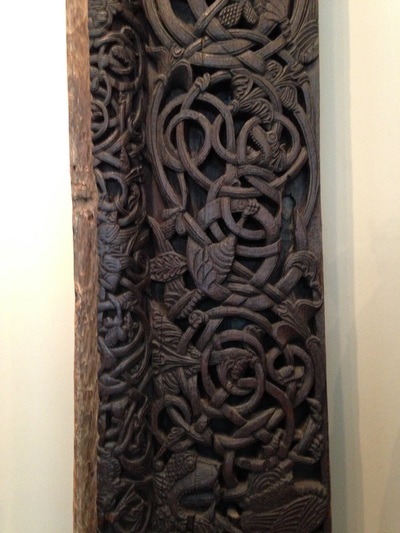
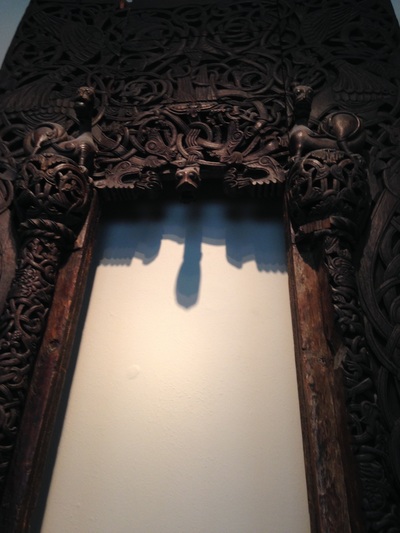
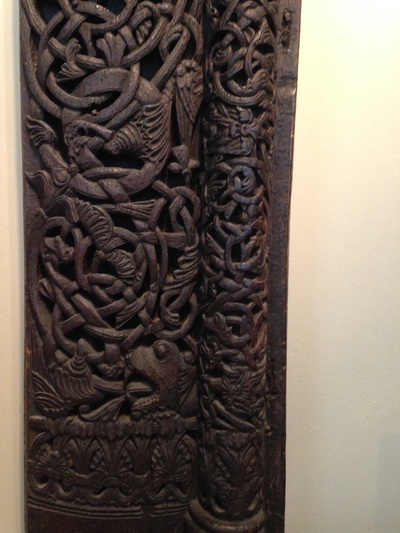
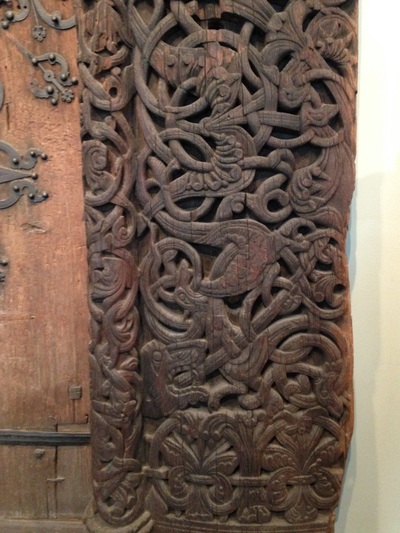
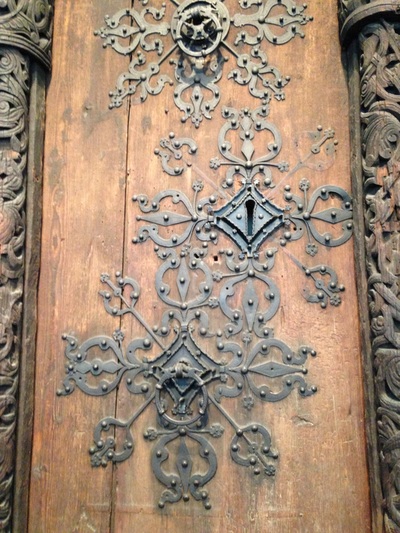
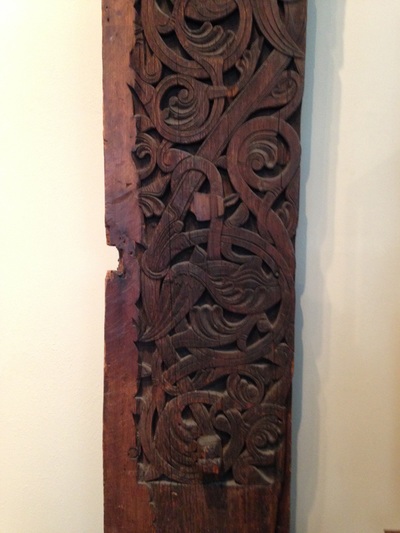
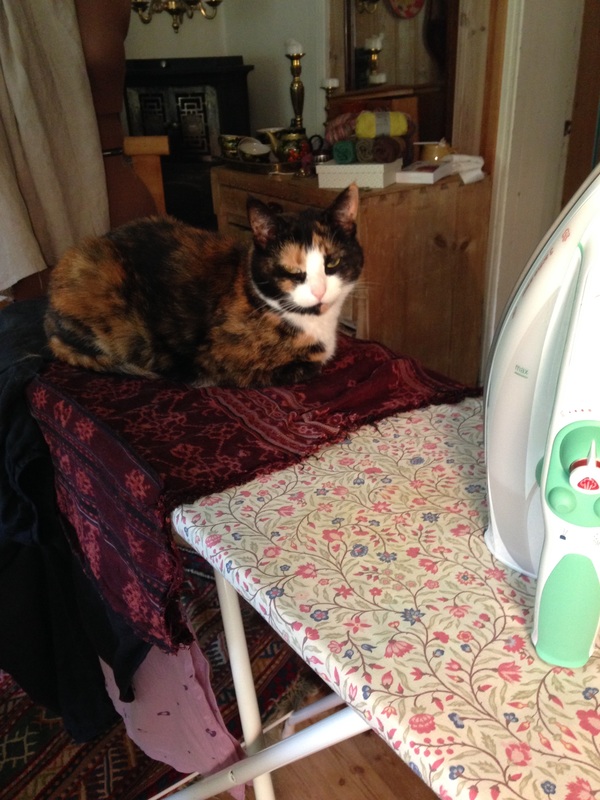
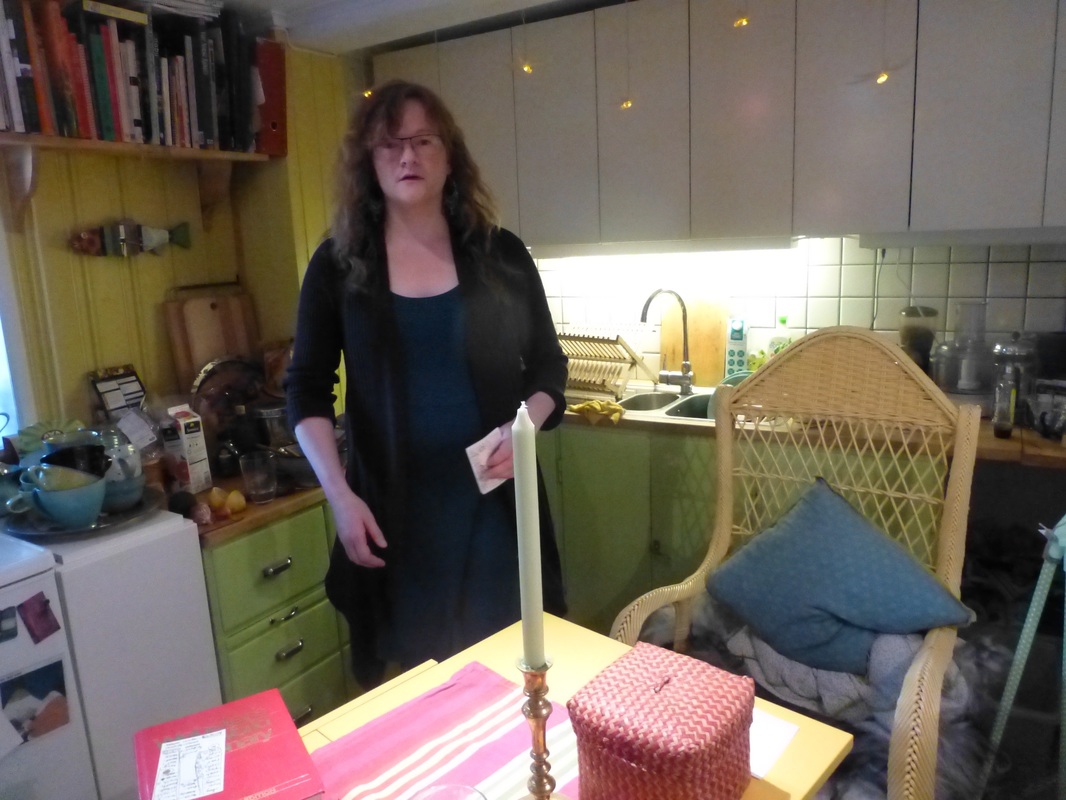
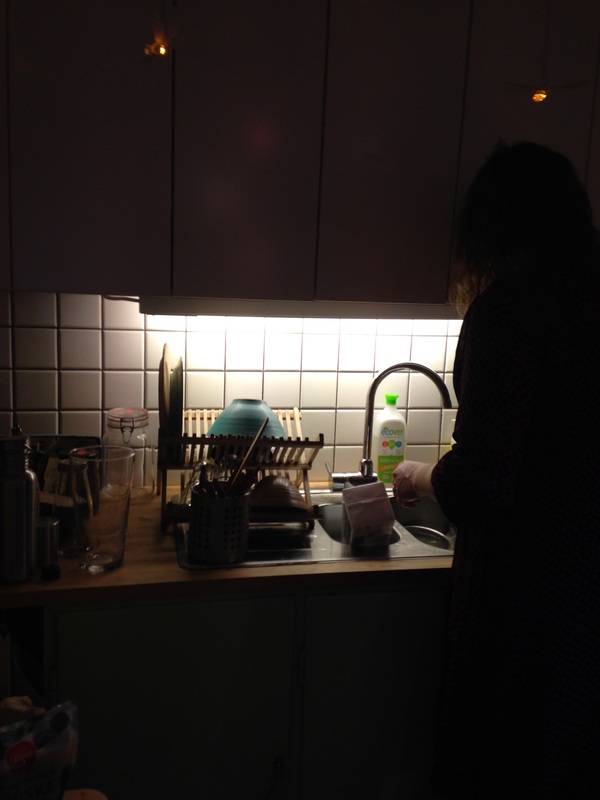
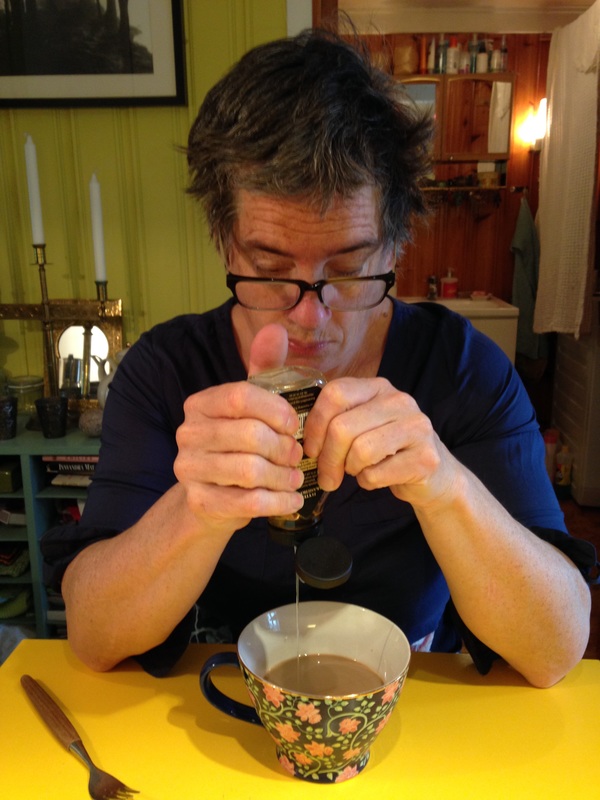
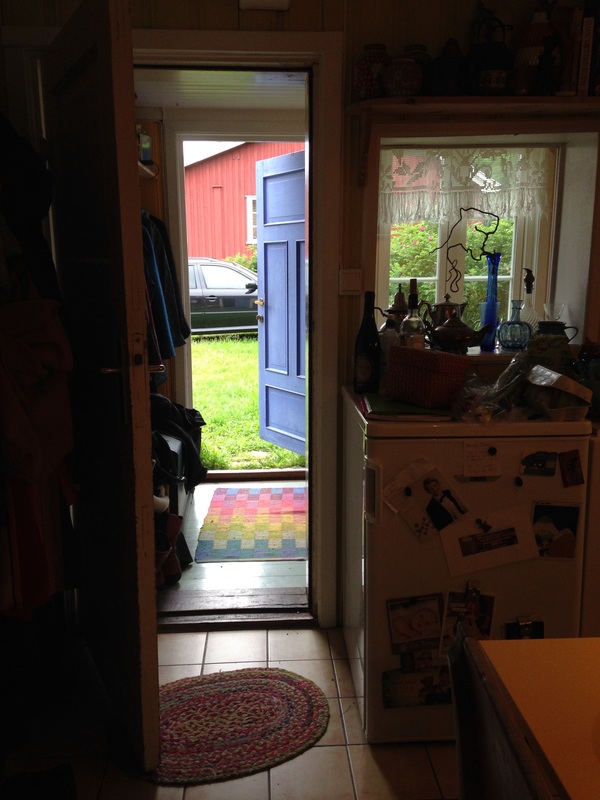
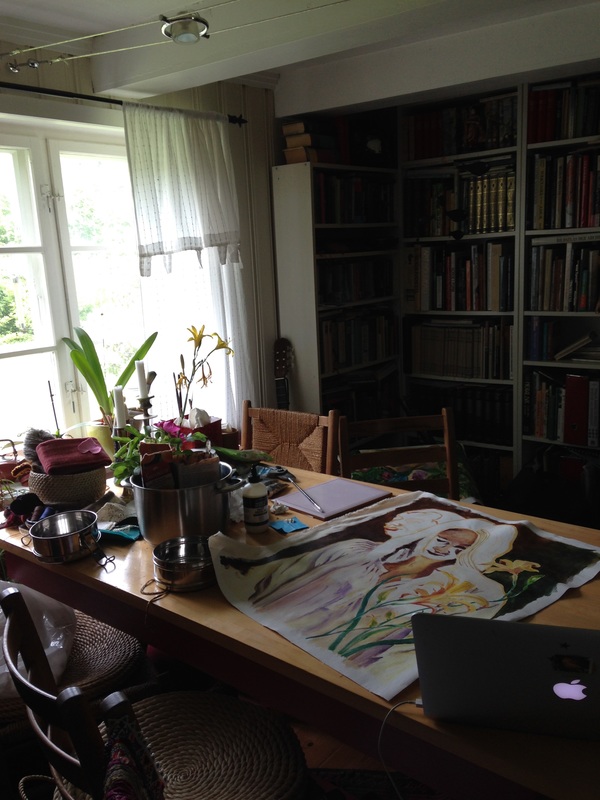
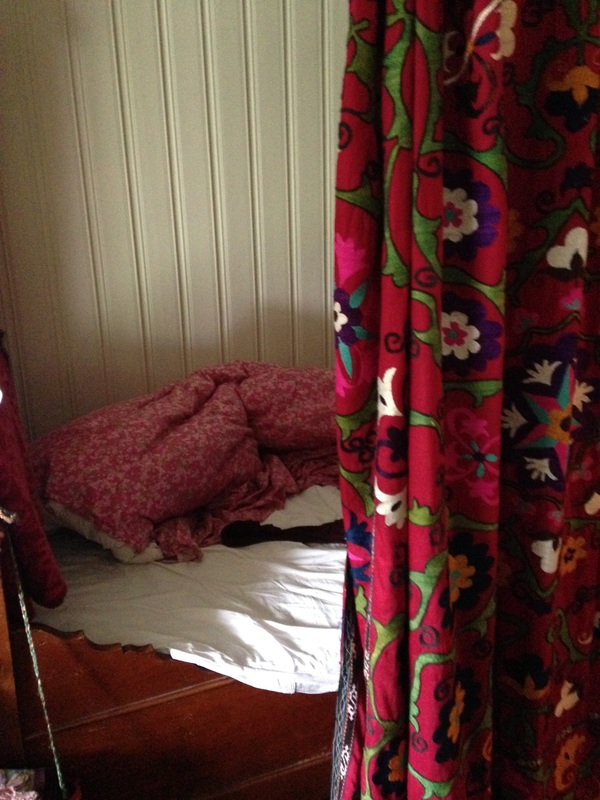
 RSS Feed
RSS Feed
